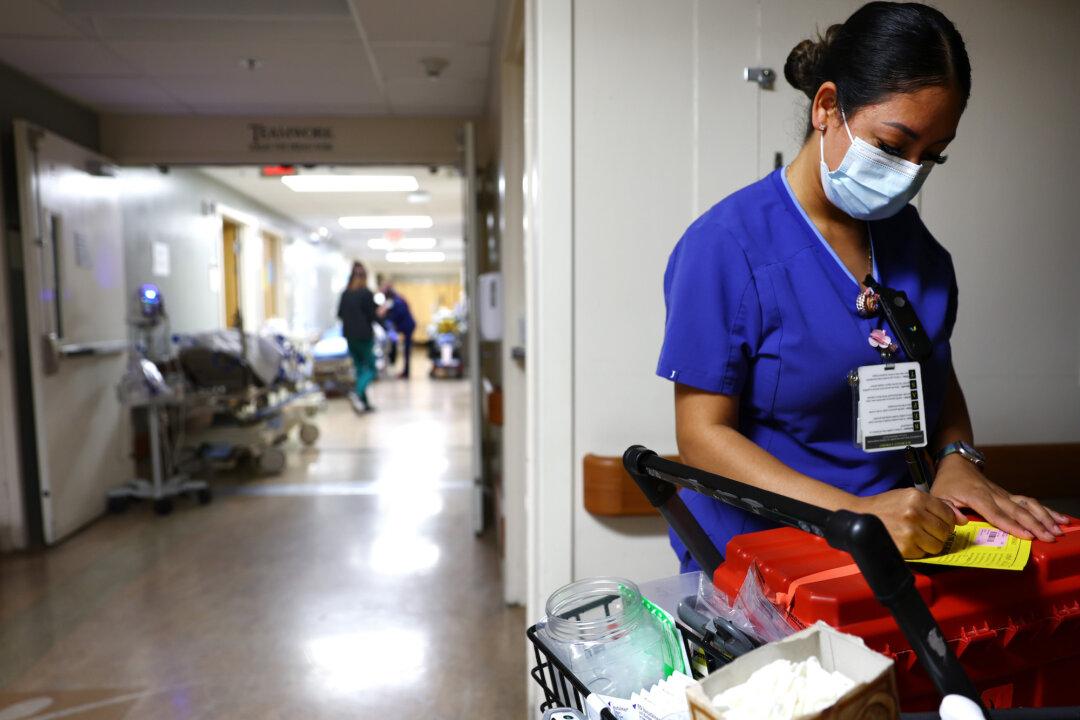Amid rising health care costs in the wake of the COVID-19 pandemic, many California hospitals are struggling to stay afloat, especially hospitals that treat patients on Medi-Cal, Medicare, Medicaid, and other government assistance, according to a former hospital executive.
A widespread shortage of doctors, nurses, and supplemental providers is contributing to the problem, said Genaro Grajeda, CEO of Healthpact, a California-based healthcare group.




